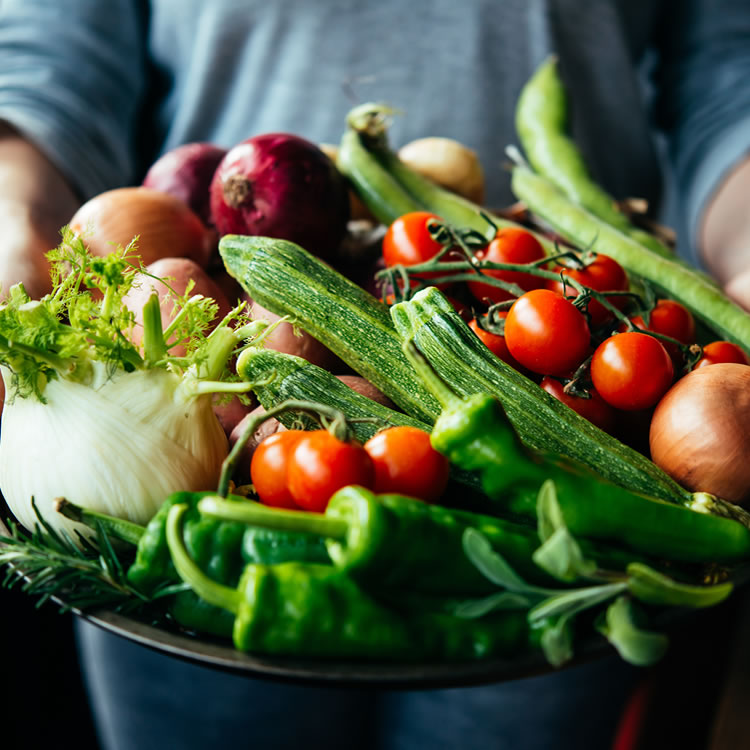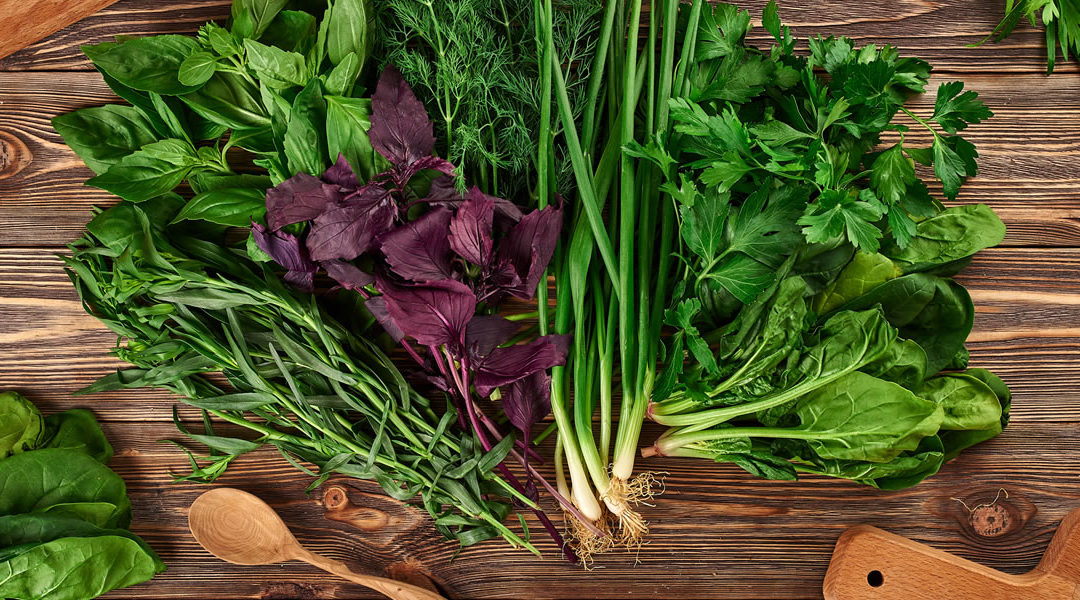When it comes to a healthy diet, an oft trumpeted maxim advises us to ‘Eat the rainbow!’ In theory, this makes a lot of sense – and many of us are pretty good at ensuring we get a big dose of yellow, orange and red, since foods of that colour are generally considered yummy and easy to consume. But what of slightly more complex colours? Take green for example.
I remember the first time my 3-year-old son refused to consume something green. ‘Grass is green!’ he said, ‘I don’t like grass!’ Motherhood makes quick thinkers of us all, so I picked up his toy figure of the Hulk and replied, ‘But that’s where the Hulk gets his power from – he eats LOTS of green food’. It proved to be a winning argument, and my son went back to eating his greens, no doubt in the firm belief that he too would one day be smashing his way to heroism.
As adults, we don’t need tall tales to convince us how vital it is that we embrace the practice of eating more greens, the evidence we need to convince us, is all around us. It is not for nothing that experts recommend that when you look at your plate at mealtime, 50% of it should be covered in vegetables and fruits, and Greens in particular offer us a host of benefits.

- Heart health is one of the primary reasons why you should include more Greens in your diet. Chock full of folates, Vitamin K, magnesium and nitrates, Green foods help support the cardiovascular system, and healthy blood flow
- All that folate also aids in the production of neurotransmitters that can help support memory and reasoning, ensuring optimal brain function
- High in Vitamin D, leafy greens encourage the formation of T-cells that are essential to reduce your risk of an autoimmune disease
- Greens also help regulate blood glucose levels and ensure optimal gut health
- Thanks to chlorophyll, Greens are super detoxifiers, binding to the heavy metals and toxins in your blood and escorting them out of your system
- Low in sugar, and full of fiber and water, Greens boost your metabolism, and since they are low in calories you can consume more of them without derailing your weight loss goals
- The carotenoids, antioxidants and flavonoids in leafy greens can even help prevent cancer
- Boosting your immune system, protecting against cellular damage, and relieving stress, Greens help ensure that you live a longer, healthier, happier life – and look more youthful while you do it!
The numbers speak for themselves – experts believe that just one extra serving of greens everyday can help reduce the risk of cardiovascular disease by 11%, the risk of diabetes by 9% and the chance of hip fracture by a whopping 45%.
Top tip: when shopping for greens, look for vibrant shades of green and crisp leaves – if they are turning yellow or brown then they aren’t that fresh and simply won’t taste as good
To make the most of your greens opt for Superfoods like Spinach and Kale, which are brimming in Vitamins A,C,E and K, as well as Arugala, Boy Choy and Cabbage. Also, don’t forget to include herbs like Rosemary and Thyme which are rich in polyphenols that help reduce the risk of heart disease; in addition to Basil that has anti-inflammatory and antibacterial properties, while also helping to alleviate feelings of depression and anxiety.
Eating Green and Green Eating
Eating more greens is also a good way to make Green Eating part of your lifestyle. Green Eating is about much more than just getting those greens on a plate, it refers to a way of eating that makes a conscious effort to prioritize sustainability; and make food choices that benefit not just personal well-being, but the planet as a whole.
Green Eating is all about doing more research into where the food you purchase comes from, and then making the right choices. There are three key principles:
- Choose ethically raised meat, chicken, eggs and fish
- Opt for organic, responsibly grown fruit and vegetable
- Support local farmers and buy seasonal products
While a predominantly plant-based diet would be great, it isn’t mandatory, and you don’t need to go vegetarian or vegan. What you do need to do is change the balance of your meals, so that instead of meat with vegetables on the side, your focus is on vegetables with meat as the side dish.
Top tip: read the labels on the food you buy – search for and support those that carry certifications that ensure the products are organic, ethical or fair trade
Green Eating also means getting into preserving food so that it lasts longer and can be consumed at a later date – particularly during ‘off season’. Explore pickling, canning and drying as invaluable methods of preservation.
Food production generates 20 to 30 % of global greenhouse gases, with farming and agriculture accounting for 15 to 25% of those, all due to a lack of sustainability. And that’s not all – the way we currently grow most food also causes deforestation, soil and water pollution, overfishing and biodiversity loss. In short, the very survival of our planet is very dependent on the steps we take to rethink how we grow and produce the food we eat.
Remember, you pay for the food you buy, so the choice is yours, and the power to influence change is in your hands. Let green be the colour you choose – from shopping cart to plate.

